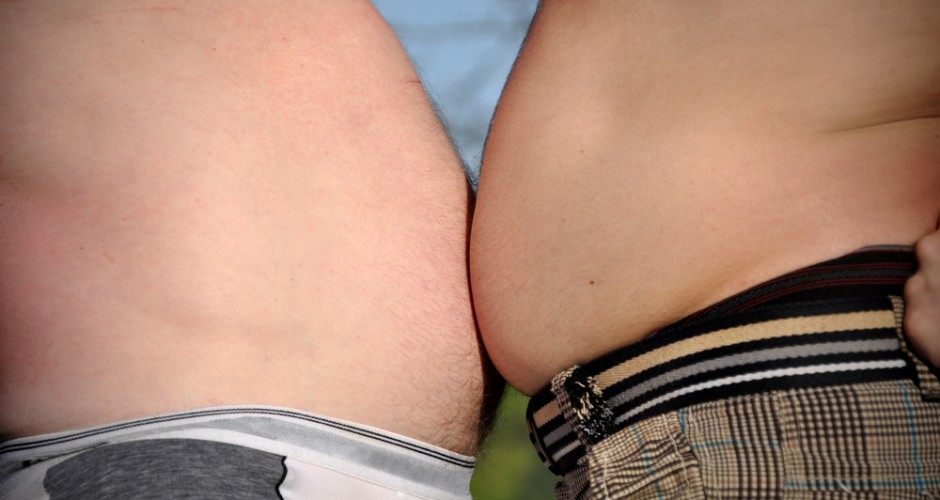
Alright, it’s time for the 2nd and final installment of the fat loss resolution series. If you missed Part 1, click here.
Tip 1. Cut calories.
You will already be cutting calories by not having snacks. However, the key here is to make sure your eating habits are on par with your goals. If you eat more than you burn, you won’t be losing weight. Chart your calories over the next week to see how many calories you are eating. Be sure to write everything down and be sure to log your weight before and after the week is over. People often tend to start paying attention to what they eat when they need to write it down. So, by recording your weight, you will have a better idea if you already cut calories throughout your week of food logging.
(Example: Jim normally eats 2500 calories throughout the day. During the logging week, he noticed that he tends to graze, so he decided to trim out the unscheduled snacks, and stick with solid meals and scheduled snacks. Towards the end of the week Jim was eating 2000 calories per day.)
As you can tell from the example, it is easy to begin organizing how you eat. The key goal is to know your starting calories, so you know how many calories you need to cut to lose weight. In the example, Jim took care of cutting the calories by 500 calories per day. In theory, that’s 3500 calories, or 1 pound of weight loss per week.
Ideally, you want to cut enough calories throughout the week to be on par with goals. So, determine how much weight you intend to lose, and figure that 70-80% of your weight loss comes from diet. The other 20-30% will come from additional exercise. The additional exercise may be an additional day or two of weights and cardio.
Example: You eat 2500 calories per day. You want to lose 20 pounds, in 10 weeks. That’s 2 pounds per week. So, you have a deficit of 7000 calories per week. 7000 x .7 = 4900. So, 4900 calories per week will be reduced from your diet. The other 2100 will come from additional exercise. The 4900 calories broken down into 7 days is 700 calories from your diet. So, you will eat 1800 calories per day and reduce as needed in weeks to come. Once you reach a sticking point, reduce calories by 150-200. You will also want to add in a few minutes of extra cardio. Always reduce calories slowly to ensure you are losing only the weight you need. Remember, this is a 10 week process.
Tip 2. Increase exercise.
As noted above, you will want to increase exercise. Someone just beginning will see how benefits by simply adding exercise as you were not exercising before. Following the example above, you will want to burn 2100 calories from exercise. This means 3 to 4 days of weight training for 60 minutes per session. You will also perform 1 to 2 days of cardio, and the amount of time depends on weight and type of cardio. The preferred method is HIIT (High Intensity Interval Training) beginning with 8 to 10 minutes. You will have a fast phase followed by a recovery phase. The fast phase should be one-half to one-third of the time of the recovery phase. Ideally, you will sprint for 20 to 30 seconds, followed by a fast pace walk for 40 seconds to 1 minute and 30 seconds.
Those that have been exercising, but not regularly will want to get their routine in order. If you are exercising for 3 days per week, try to get it to 4 days per week. You will also want to follow the HIIT protocol listed above. You can add in multiple sessions to achieve your calorie burning needs. The key is to begin slowly, and increase the duration as necessary. The total amount of exercise should not exceed 1 hour to 1 hour and fifteen minutes. Beyond this point your body will begin to shut off fat burning and flood the body with cortisol. Keep it short and sweet and move forward.
Tip 3. Chart your progress.
There is no greater feeling than seeing your progress. It may be hard to realize where you started, but it’s a good reminder to see your roots. Take week to week pictures. You will also want to chart weight and waist measure (preferred point is at belly button level, as it’s a solid landmark). Keep a log and take the measures and pictures on the same day each week. The preferred day is Sunday or Monday. These days generally mark the beginning of a week and allow for good starting points to provide motivation for the week.
Do not be a scale watcher! This is a key factor, because it leads to poor decisions. A scale watcher steps on the scale daily and sometimes multiple times per day. DO NOT DO THIS! You can see your weight rise and fall during the week due to various factors. This leads to irrational decisions, like an additional weight or cardio session, and will further deplete your body. You’ve already developed a plan, trust that plan and stick with it!
If you need an additional fat loss boost, look to adding a few supplements in the mix. Since cortisol is a main issue, you will want to control that with proper eating and supplementation. AX Lean FX is geared towards suppressing cortisol, and allowing you to burn the maximum amount of fat. Couple that with a product geared towards fat loss, like AX Slim FX, and you are setup for a non-stop fat loss furnace.
If you have any questions regarding your program and possible tweaks, please let me know. Email me at [email protected] and I can help get you in the right direction.










